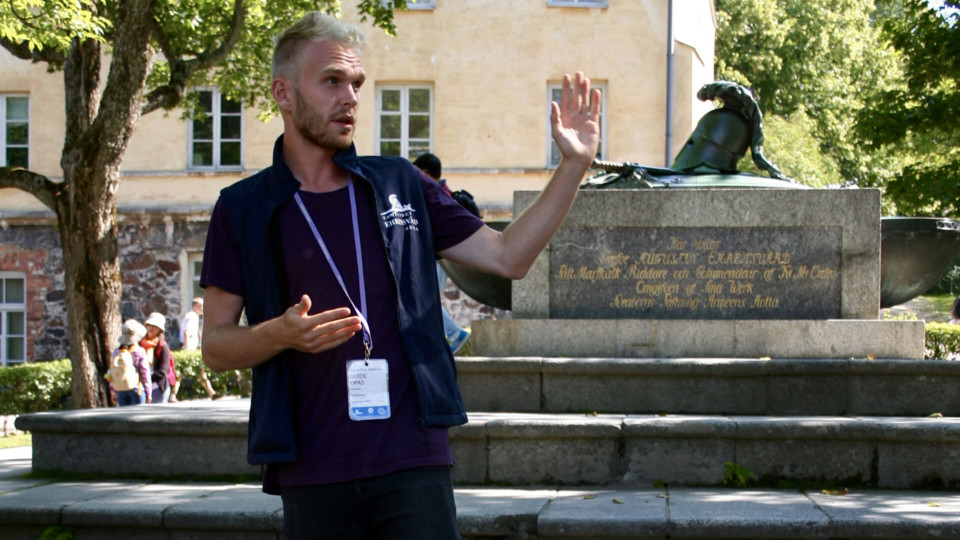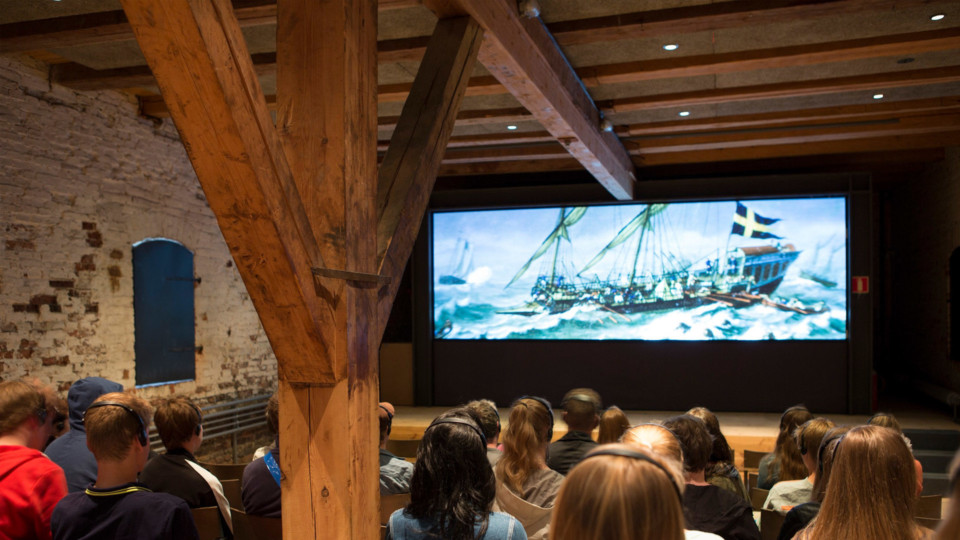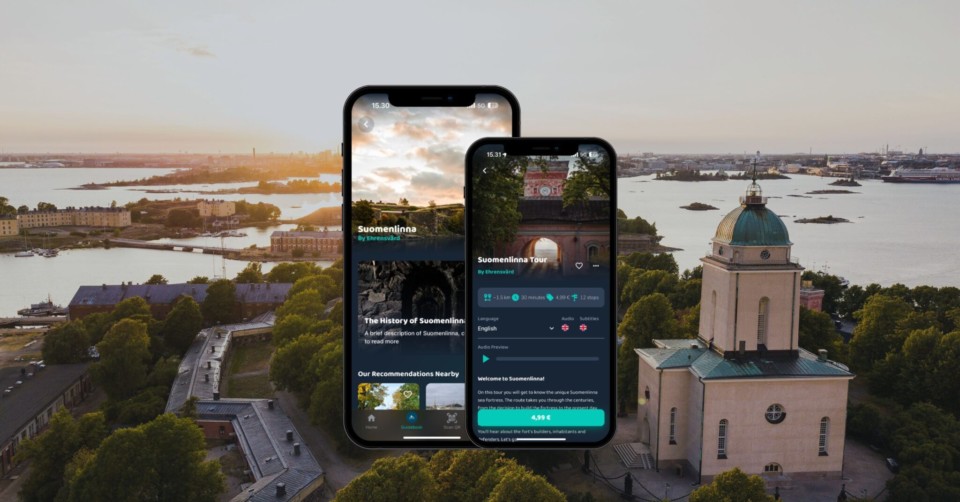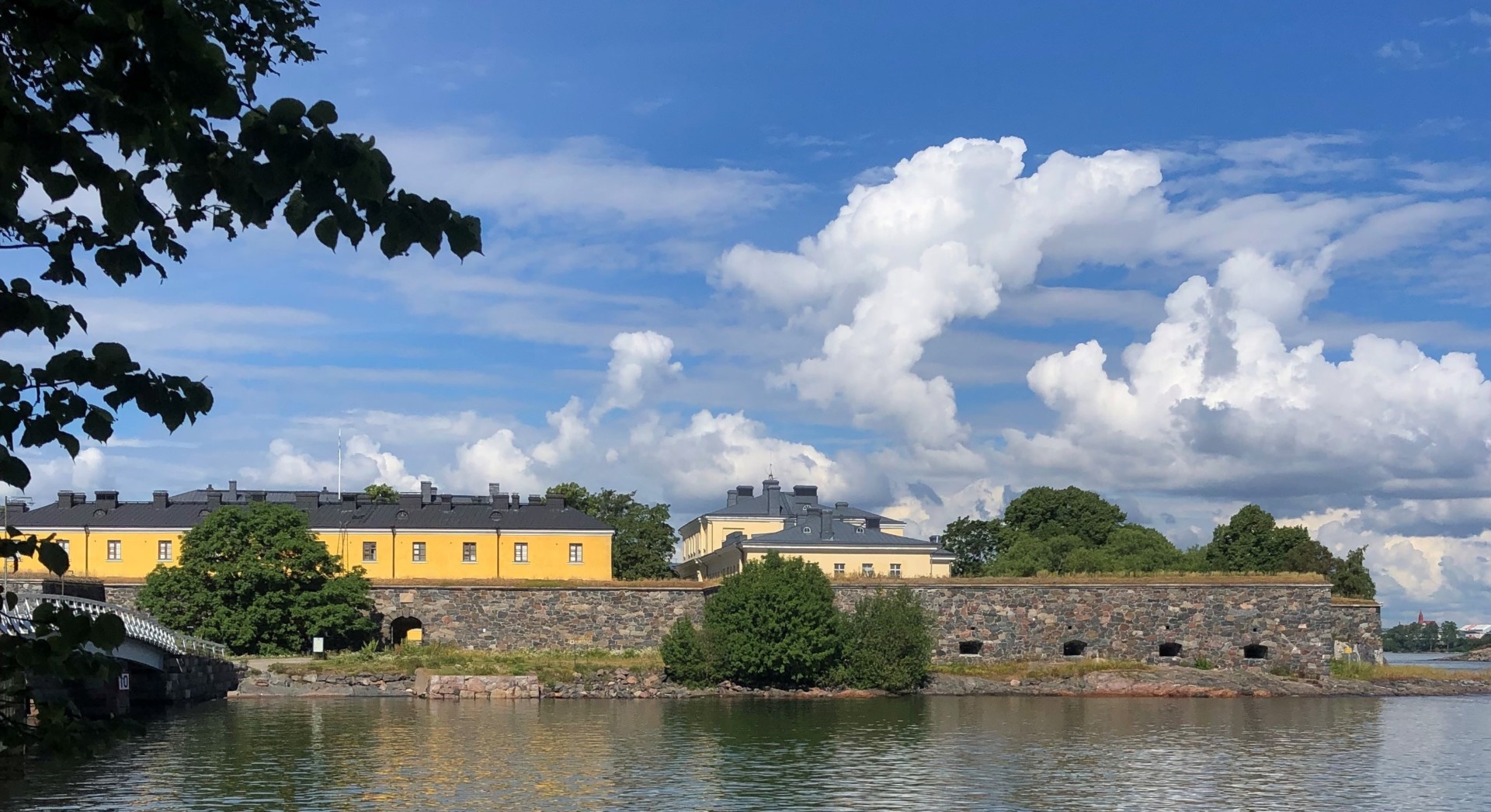
About the Fortress
Construction of Suomenlinna began in 1748. It is a bastion fortress and has served under three different nations. Throughout these periods, the fortress has been developed and further constructed. Today, Suomenlinna is a residential area with approximately 800 inhabitants. Suomenlinna was included in the UNESCO World Heritage List in 1991 as a unique and authentic monument of military architecture.
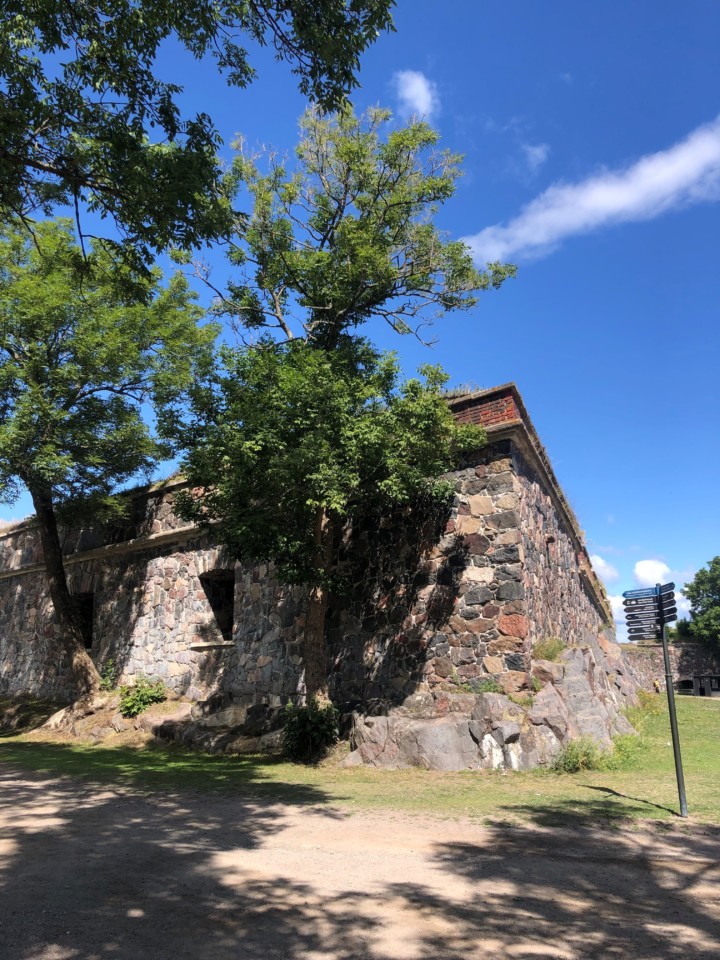
UNESCO World Heritage Sites in Finland
Suomenlinna is one of Finland’s seven UNESCO World Heritage Sites. Fortress of Suomenlinna, Old Rauma, Petäjävesi Old Church, Verla Groundwood and Board Mill, Bronze Age Burial Site of Sammallahdenmäki, the Struve Geodetic Arc, and the Kvarken Archipelago represent cultural or natural heritage of outstanding universal value. In the intangible cultural heritage list, there are four Finnish elements: the Finnish sauna culture, the Kaustinen fiddling tradition, the traditional Nordic boat building technique of clinker construction, and the knowledge, skills and techniques related to handmade glass.
Suomenlinna is managed, restored, and maintained by the Governing Body of Suomenlinna under the Ministry of Education and Culture. Learn more about the World Heritage Sites and the maintenance of Suomenlinna from their website.
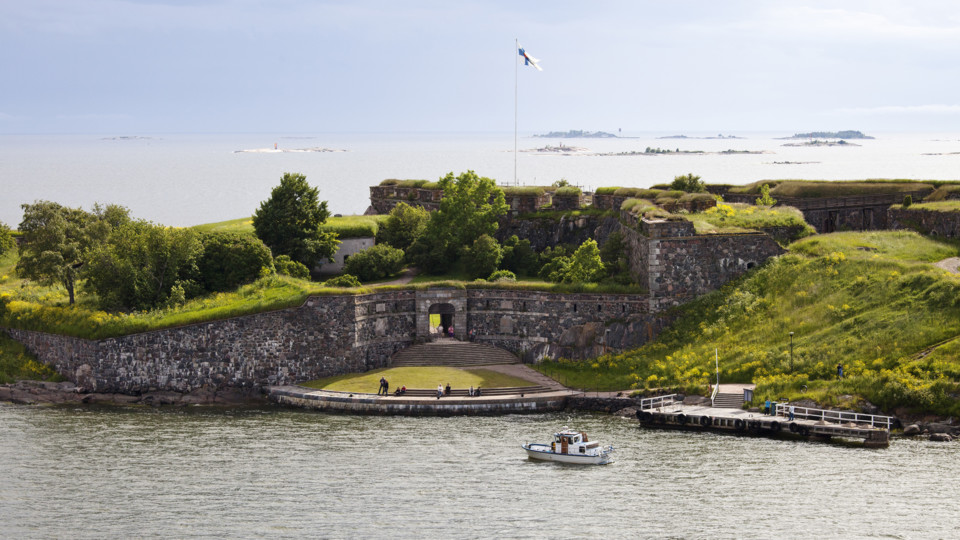
The King's Gate
Suomenlinna’s King’s Gate is located at the southernmost tip of the sea fortress on Kustaanmiekka Island. According to the legend, the gate was built on the spot where King Adolf Fredrik of Sweden moored his ship when he visited the fortress in 1752. However, the gate had already been planned for a sheltered location before the King’s visit. Construction of the gate began in 1753 and lasted until 1754. Sandstone and limestone quarried near Stockholm were used as the building materials for the gate. During the bombardment of Suomenlinna, most of the monumental stairway to the waterfront was destroyed, and during Finland’s independence, it has been restored four times. The King’s Gate is a historically significant landmark and one of the most famous attractions in Suomenlinna.
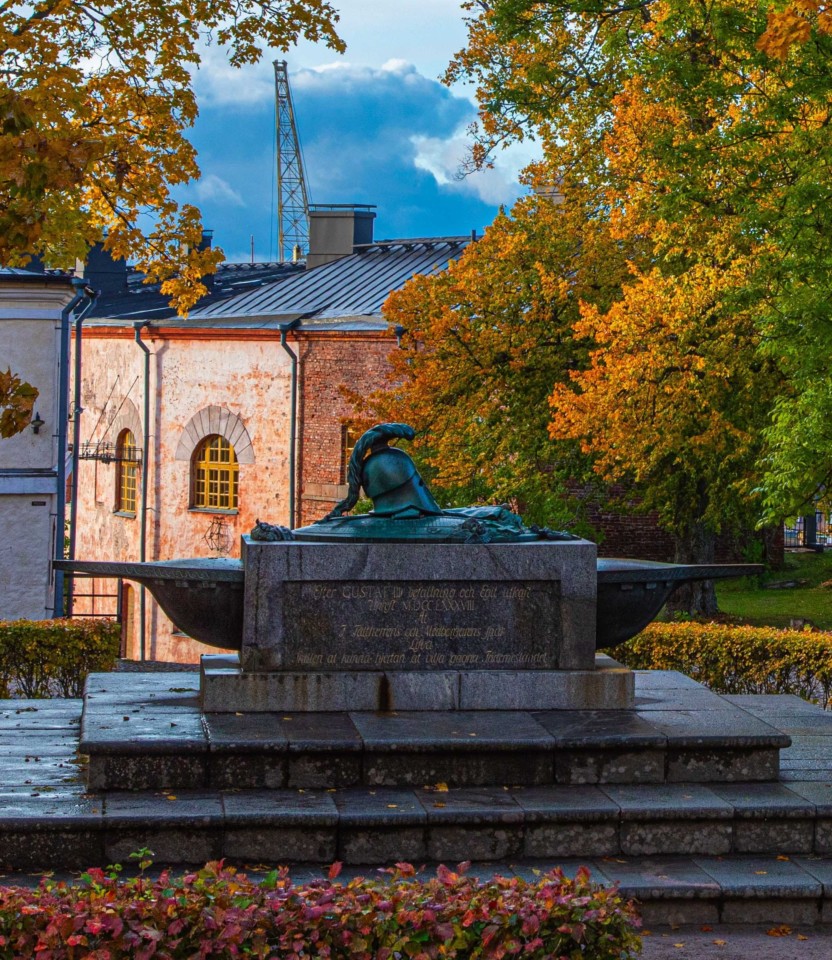
The Great Courtyard
The Great Courtyard, built in the 1760 s, is the work of Suomenlinna’s founder Augustin Ehrensvärd and architect Carl Hårleman. Before its partial destruction during the Crimean War in 1855, the grand courtyard served as the central square and administrative centre. The constructed architectural entity was designed using false perspective. At the southern end of the courtyard was Augustin Ehrensvärd’s official residence, which now houses the Ehrensvärd Museum. In the middle of the courtyard is the grave of Ehrensvärd, which was designed in collaboration between King Gustav III, artist Johan Tobias Sergel, and Carl August Ehrensvärd.
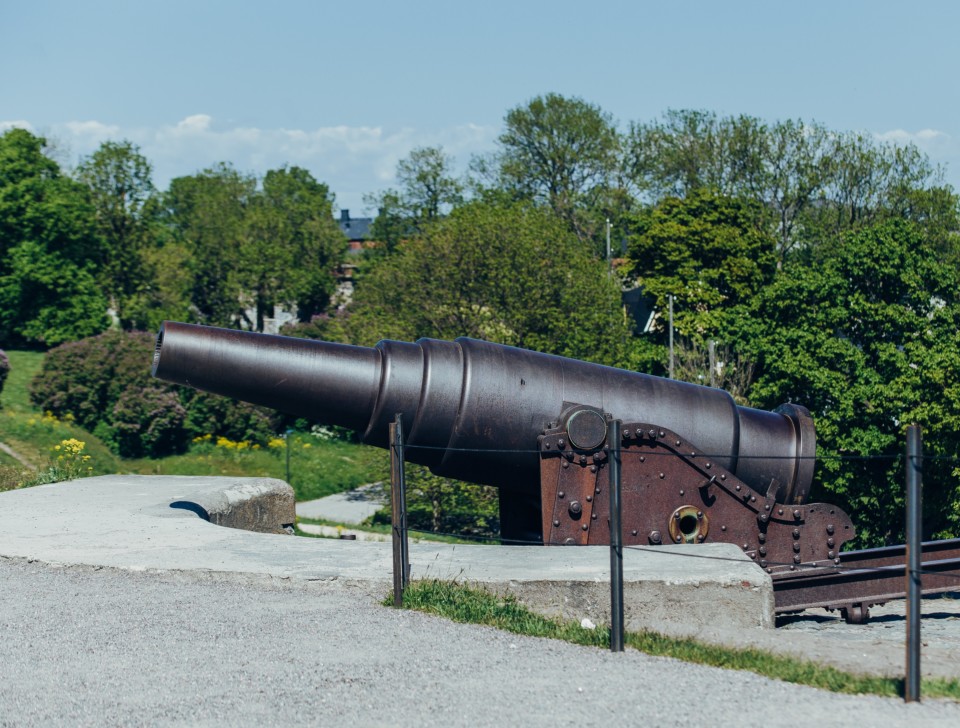
The Cannons of Suomenlinna
When the bombardment of Suomenlinna began on August 9th, 1855, the defenders of the fortress were helpless against the modern weaponry of the British and French navy, as the outdated cannons from the Swedish era did not have sufficient range. After the war, the Russians decided to equip the fortress with new artillery and defencive technology. Thus, extensive construction works began on Kustaanmiekka, resulting in large sand embankments on the west and south sides of the island. On top of these embankments were placed rear-loaded and rifled naval cannons manufactured in Perm and St. Petersburg.
In addition to the steel cannons of the late 19th century, you can find at Kustaanmiekka cannons from the 18th Century and artillery from the First and Second World Wars.
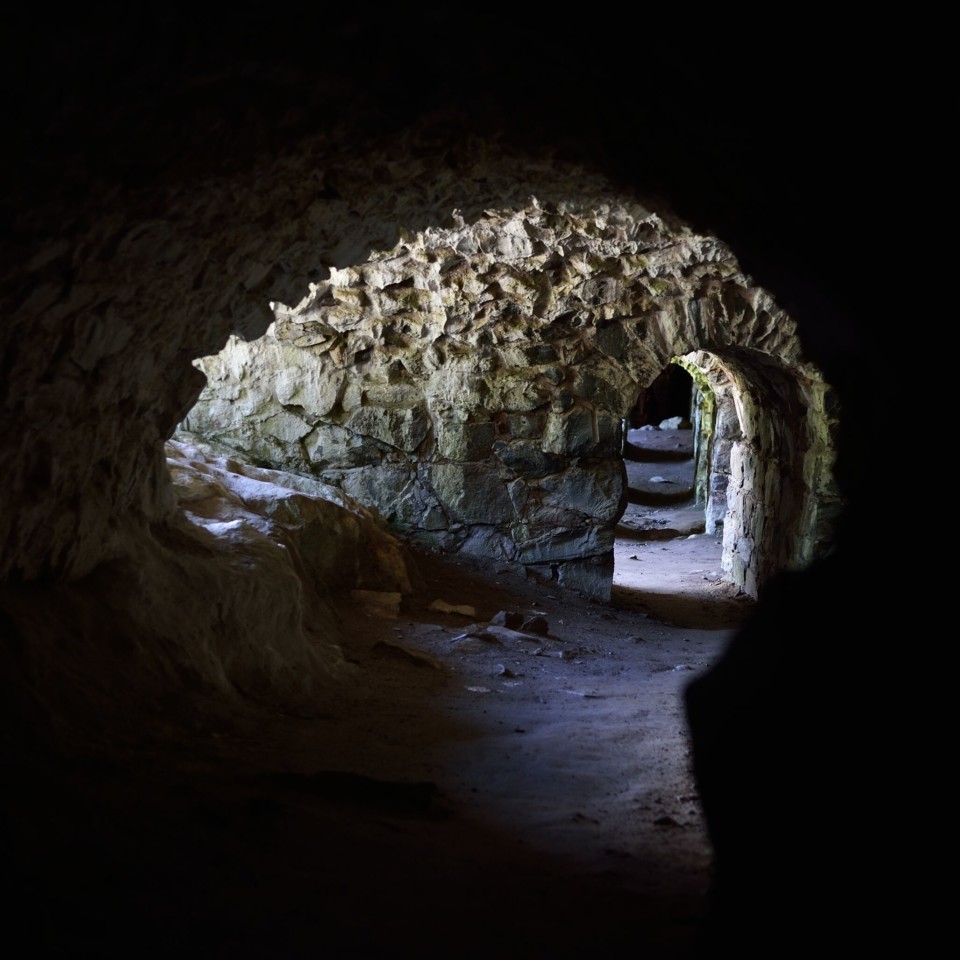
The Tunnels of Suomenlinna
The tunnels of Suomenlinna are located within the walls and bastions of the fortress, serving as protection, armouries, and secret passages for the defenders of the fortress. The longest tunnel is located at the southern end of the Kustaanmiekka – along this tunnel, you can independently traverse a distance of over two hundred meters, although in complete darkness. So, when leaving home, remember to pack a flashlight. Some casemates, armouries, and spaces within the walls are also open to the public. You can explore them not only on Kustaanmiekka but also on Susisaari Island.
Our Picks
Guided Walking Tour at Suomenlinna in English
Joining a guided tour is a great way to see the Suomenlinna sea fortress.
Suomenlinna Museum tickets
Suomenlinna Museum, located in the Suomenlinna Centre, showcases the eventful history of the island fortress.
Suomenlinna Fortress Digital Tour in over 20 languages
Download the app on your phone and you will get to know the Suomenlinna sea fortress!
